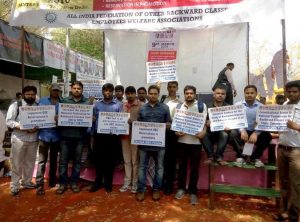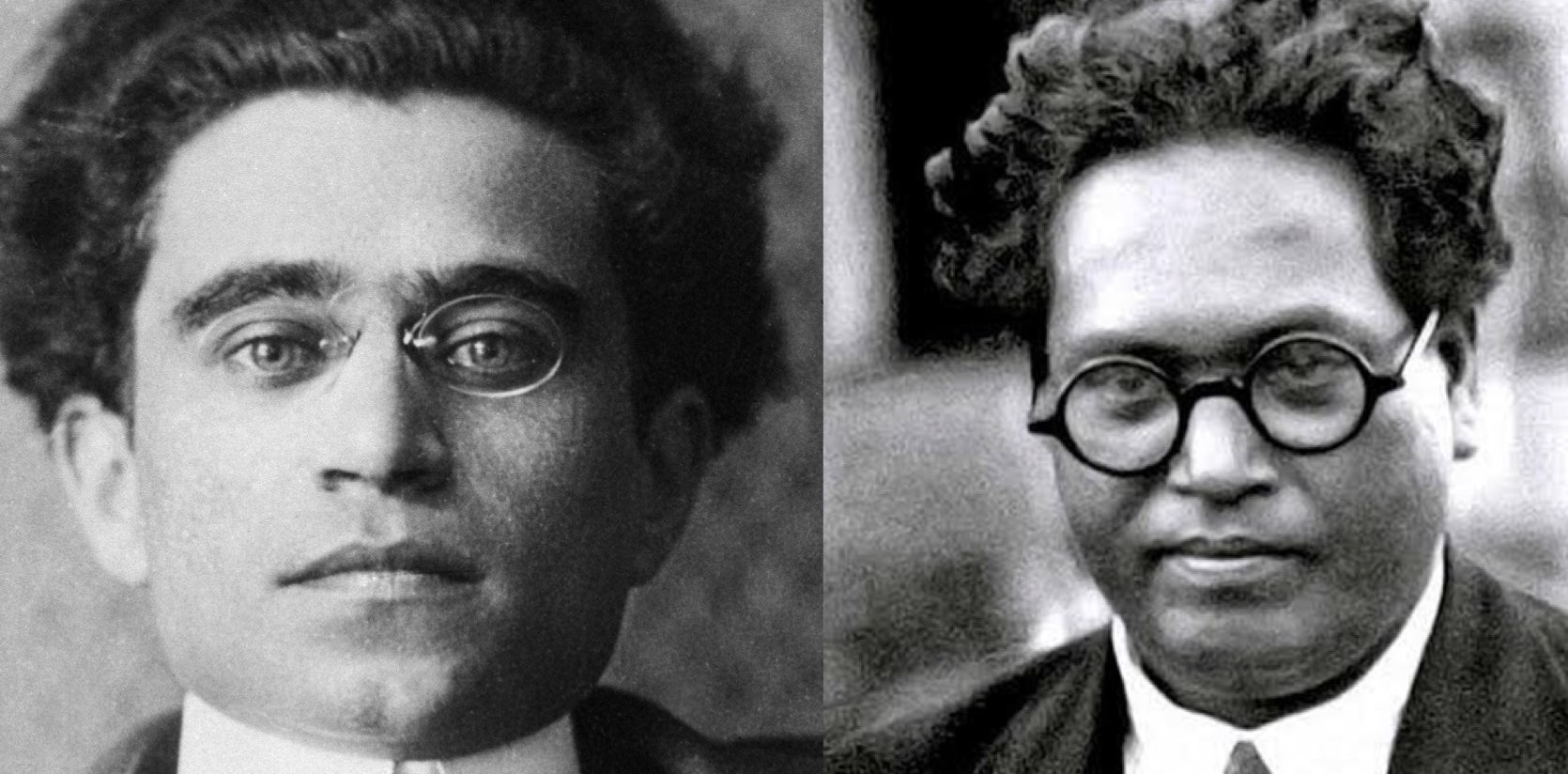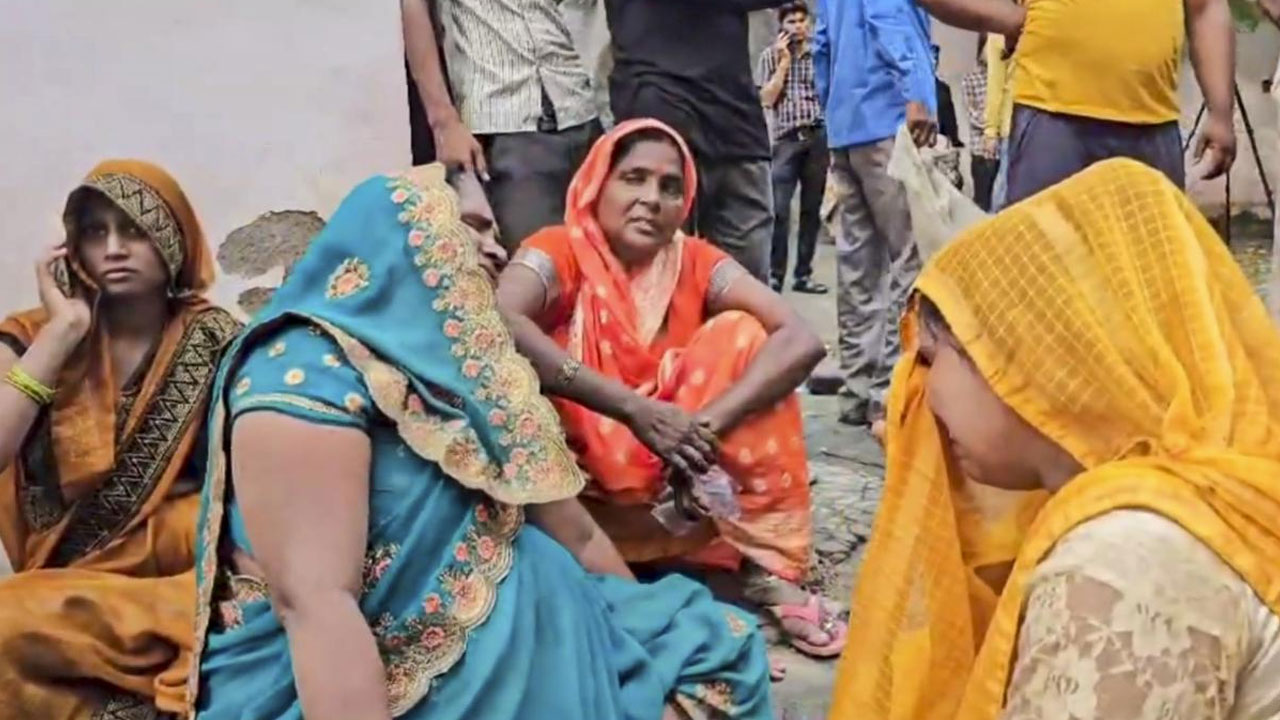
The history of students’ movements in the country over the past three to four decades is a history of anti-reservation movements. In 1990, students launched an agitation against the implementation of the Mandal Commission report and in 2007 against reservations for OBC in institutions of higher learning. Clearly, all these movements and agitations were aimed at ensuring that backward classes remain backward and that the dominant section of society continued to grab resources and opportunities that should have logically gone to these communities.
But by 2016, voices in support of reservation starting becoming audible on campuses and “No Mandal” was replaced with “Jai Mandal”. To understand why this happened and how campuses turned pro- from anti-reservation, we will have to study the growing presence of OBCs in the students’ community and student politics.
In post-colonial India, we can discern three stages of sociopolitical thoughts – first, the success of Dr Ram Manohar Lohia’s socialist politics; second, promulgation of the Emergency in 1975; and third, implementation of Mandal Commission report in 1990 and the wrangling that followed. After Independence, the Congress party ruled the country almost continuously for several decades but it largely ignored the interests of the majority of India’s population, ie the backward classes. The Congress faced its first major challenge from the backward-centric politics of Lohia, which forced the party to appoint OBCs as chief ministers of states from the 1970s inwards. After the Congress government imposed the Emergency, the entire opposition united against it and voices of protests rose from the university campuses all over the country. The Congress could not face a united opposition and its domination over politics came to an end. After the Emergency, the leadership of mainstream parties became more representative, the presence and share of OBCs increased and traditional caste hierarchies came under pressure. In 1990, prime minister V.P. Singh implemented the Mandal Commission report that had been gathering dust for over a decade. This brought about a sea change in the sociopolitical framework of the country. Famous anthropologist Christophe Jaffrelot has described it as a “silent revolution”.
The Mandal Commission had recommended 27 per cent reservation for socially and educationally backward communities in government jobs and educational institutions. The implementation of the Mandal report divided the country’s sociopolitical structure into two camps –Mandal supporters and its opponents. The universities of the country’s turned into dens of anti-reservation elements who kept themselves occupied, finding ways to humiliate the deprived communities. In the pre-Mandal days, the savarnas dominated the colleges and universities and that was why the students, teachers and employees came together to oppose OBC reservation. The number of OBC students and teachers in universities was so small that they could not offer any resistance. The forces of social justice were the losers in the first round of the savarnas-versus-OBC battle.
Then, even the partial implementation of the Mandal Commission report brought about a change in the educational status of the OBCs. The number of OBC students in universities began rising, though the faculty continued to be savarna-dominated. In 2007, when union human resource development minister Arjun Singh implemented 27 per cent reservations for OBCs in institutions of higher learning, another savarna-versus-OBC battle followed. This time, the anti-reservation protests were not as strong as in 1990. The supporters of OBC reservations were much more vocal. That was partly because the savarnas had become dependent on Dalit-OBC issues to garner votes and the political leadership of the OBCs had become articulate and vocal. The savarnas set up an organization called Youth For Equality to oppose OBC reservation in higher education. However, it could not last, and had ceased to exist by 2010. But the savarnas still dominate students’ organizations and the faculty.

The last decade has witnessed many changes in universities. The number of Dalit-OBC students has grown and the OBC students have mastered organizational skills. The presence of students’ organizations associated with political parties and led by the OBCs on university campuses is still marginal and the reason for this is that most of these political parties are confined to one or two states. In contrast, the BJP, the Congress and the Left have a nationwide presence and that is why, their students’ organizations are active on campuses all over the nation. The organizations of OBC students, however, are active in universities. Many OBC students’ organizations have come up in JNU, Delhi University, Allahabad University and in universities in south India.
Let us study what OBC students’ organizations have done in different universities. In JNU, the All India Backward Students’ Forum (AIBSF) came into being on 7 August 2010. This writer was the founder president of the organization and Arun Kumar, the convener. Besides OBCs, Dalits were also appointed office-bearers in the new body. The forum co-ordinated with the United Dalit Students’ Forum – an organization of Dalit students – and this had a profound impact on the campus. Using the ideologies of Phule-Ambedkar-Periyar-Narayan Guru as the starting point, the forum launched many agitations on issues related to OBC students. The forum had four prime objectives:
- To work for strengthening democratic voices and identity of OBCs in the country to involve all progressives in it.
- To educate, organize and struggle for overcoming the brahmanical-Manuvadi and other reactionary forces.
- To take the movement for social justice forward on the path shown by the great social reformers.
- To ensure adequate representation in various institutions through reservations. This representation has to be achieved come what may.
The slogan of the forum was “Social Justice Zindabad, Brahmanvad Murdabad”. The forum played a key role in getting 27 per cent reservation for OBCs implemented in JNU. It struggled both in judicial fora and on the campuses along with leftist and Dalit students’ organizations. At that time, the JNU administration was not filling up the reserved seats citing cut-offs and merit. In August 2011, a Supreme Court bench comprising Justices R.V. Ravindran and A.K. Patnaik ruled in favour of OBC students, pegging the cut-off for OBCs at 10 per cent below the cut-offs for the general-category candidates and stating that the seats meant for OBC candidates are to be filled up only by them. The impact of this Supreme Court decision was felt deeply on the campuses in the years that followed. The AIBSF fought tenaciously for getting OBC reservations implemented at every level. In JNU, Dalit students were discriminated against in viva voce. The forum launched a campaign against it. It also demanded that seats in hostels be earmarked for OBCs just as was done in the case of Dalit students.
In Delhi University, the AIBSF, in association with Academic Forum For Social Justice, launched a major agitation demanding that more than 10 cut-off lists be issued for OBC candidates. Through the efforts of Rajiv Nirala, a member of AIBSF, an OBC student now needs only 50 instead of 55 per cent marks to be eligible to sit for UGC’s NET exam. It also launched a campaign on the cultural front. It won recognition for Phule, Periyar, Narayan Guru and Mandal and other heroes like Karpoori Thakur, Babu Jagdev Prasad, Ramswaroop Verma, V.P. Singh and Lalaisingh Yadav and turned them into heroes of the mainstream. The forum’s activities led to a change in the ideology and leadership of leftist students’ organizations and they started setting aside important positions in their organizational structures for OBC students. The AIBSF was disbanded in 2013 but by then, it had successfully established OBC ideology on the JNU campus.

In 2015, the United OBC Forum (UOF) was set up in JNU and has been working in the interest of OBC students. The new forum has units in many universities. Thanks to the UOF’s campaign, OBC candidates now get hostel accommodation in JNU immediately after admission to a course, as has been the case with students belonging to other deprived communities. Earlier, they had to wait for one to one-and-a-half years to get a place in hostels. A committee has been constituted on reducing the viva-voce component in the overall assessment of students and it would submit its report to the university administration by August 2016. The forum has demanded that the number of scholarships for OBC research scholars be increased. The OBC organization of Allahabad University, Samajik Nyaya Morcha, has launched a campaign demanding three-tier reservations. The morcha launched a state-wide agitation demanding reservations at all three stages of the Uttar Pradesh state public service examination, viz preliminary, mains and interviews. Huge demonstrations were held in Lucknow and Allahabad in 2013. The agitation was led by Ajit Yadav, Ashutosh Verma, Dinesh Yadav, Manoj Yadav, Adarsh Chaudhary and Mukundlal Maurya among others. The state government crushed this agitation but the morcha is still active in Allahabad University.
The number of OBC/ST/SC students in universities in the country has gone up over the last decade. Ajaz Ashraf, a journalist working for Scroll news website, has compiled data on the number of students of these communities in JNU and Hyderabad and Allahabad Universities. In Hyderabad University, in the academic session 2013-14, students from these communities formed 59 per cent of the total strength. The corresponding figures for JNU and Allahabad University were 52 per cent and 54 per cent respectively. This has changed the nature of students’ politics in these universities. The agitation launched after Hyderabad University student Rohith Vemula’s suicide was the biggest joint Dalit-OBC students’ agitation so far. The demand for enacting Rohith Act and fully implementing reservations for Dalits and the Backwards is being voiced in all universities. The OBC students are at the forefront of this demand. OBC students are actively participating in students’ movements and are strengthening the ideology of Jai Bhim and Jai Bharat. But the number of professors in varsity campuses is still negligible. Data made available in response to an RTI query has revealed that the figures are abysmally low.
Number of SC/ST/OBC and other employees in central universities
| Professor | Reader | SL/SG | Lecturer | Other | Total | |
|---|---|---|---|---|---|---|
| Sanctioned Posts | 1,943 | 3,744 | --- | 7,078 | 749 | 13,514 |
| Existing Strength | 2,563 | 2,931 | 451 | 2,327 | 580 | 8,852 |
| SC | 25 | 79 | 30 | 422 | 12 | 568 |
| ST | 11 | 29 | 10 | 211 | 7 | 268 |
| OBC | 4 | 4 | 1 | 233 | 3 | 245 |
| PH | 6 | 7 | 0 | 30 | 2 | 45 |
| Upper castes | 2,523 | 2,819 | 410 | 1,461 | 558 | 7,771 |
| SC+ST+OBC | 40 | 112 | 41 | 866 | 22 | 1,081 |
| % Strength of SC+ST+OBC | 1.5 | 3.8 | 9 | 3.7 | 3.7 | 12.2 |
(RTI no 6-4/2009, Central Universities, UGC, dated 7 January 2011, FORWARD Press 8 June, 2016)
The students’ organizations on campuses have become articulate in discussing Dalit-OBC issues and are forging joint fronts against casteism. The brahmanical-casteist and social-justice lobbies now stand face-to-face. But the OBC student politics is still in its infancy. It will take time for OBC students’ organizations to develop enough strength to take on the rightist and leftist students’ groups. The problem is that there is no national students’ organization of OBCs, Dalits and Tribals. What is needed is a students’ organization based on Bahujan ideology.The number of professors of OBC communities is grossly disproportionate to the number of students of these communities. In the entire country, there are only four OBC professors. During the last decade, a large number of OBC students have obtained PhD degrees but because of savarnavaad (preferential treatment to the upper castes), they are not able to get appointments for teaching positions.
References
- Rao, Kondal, K. (2015), OBC and State Policy, New Delhi: Critical Quest
- Oommen, T.K. (2014), Social Inclusion in Independent India, New Delhi: Orient BlackSwan
- Mandal Commission http://www.simplydecoded.com/wp-content/uploads/2013/01/Mandal-commission-report.pdf
- Ajaz Ashraf, 4 April 2016, http://scroll.in/article/805919/the-seeds-of-todays-ferment-in-central-universities-were-sown-in-2006
- The Times of India, 25 October 2012
- Ranjan, Pramod (March 2016), “Bahujan discourse puts JNU in the crosshairs”, FORWARD Press.





